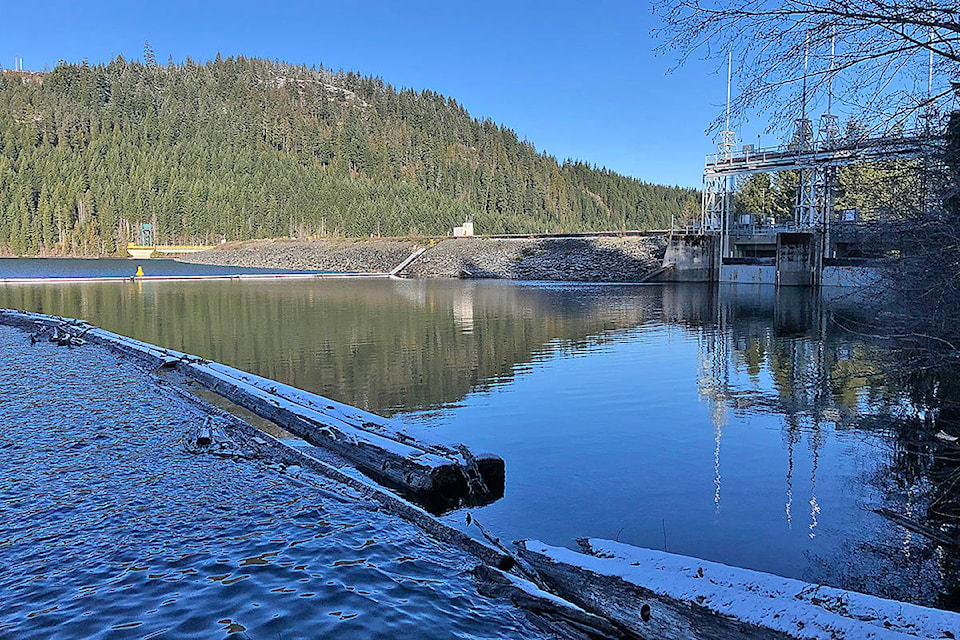January set a new precipitation record for the upper Campbell River watershed, BC Hydro says.
As a result, the utility is extending the public safety notification by one day to stay away from the Campbell River through Wednesday given the extra water release below the John Hart Dam.
January setting a new precipitation record for the upper watershed means the month finished at 189 per cent of average, with precipitation being over 600 mm, according to BC Hydro spokesperson Stephen Watson.
“While the storms were constant, the intensities were moderate, although the last storm of the month was the strongest,” Watson said.
“We were fortunate that the wet January took place with the reservoir levels on the low side, Since the end of December, the Upper Campbell Reservoir/Buttle Lake had come up almost five metres and peaked at about 220.3 metres. The 222 metre level is where we do not want to reach as we would then lose all flood risk management abilities and all water inflows would be passed downstream.
“It is currently at 220.15 metres and slowly dropping. Inflows have been receding. There is some smaller storm activity though the temperatures are cooler and more seasonal into next week. No moderate or higher storms are in the forecast.”
BC Hydro has been able to control the reservoir levels and reduce power generation as needed for the high tides out of consideration for flood risk management. For downstream fish habitat, while there is always some surface gravel movement, BCHydro was able stay below the flow thresholds in the canyon and the river where significant gravel movement occurs.
